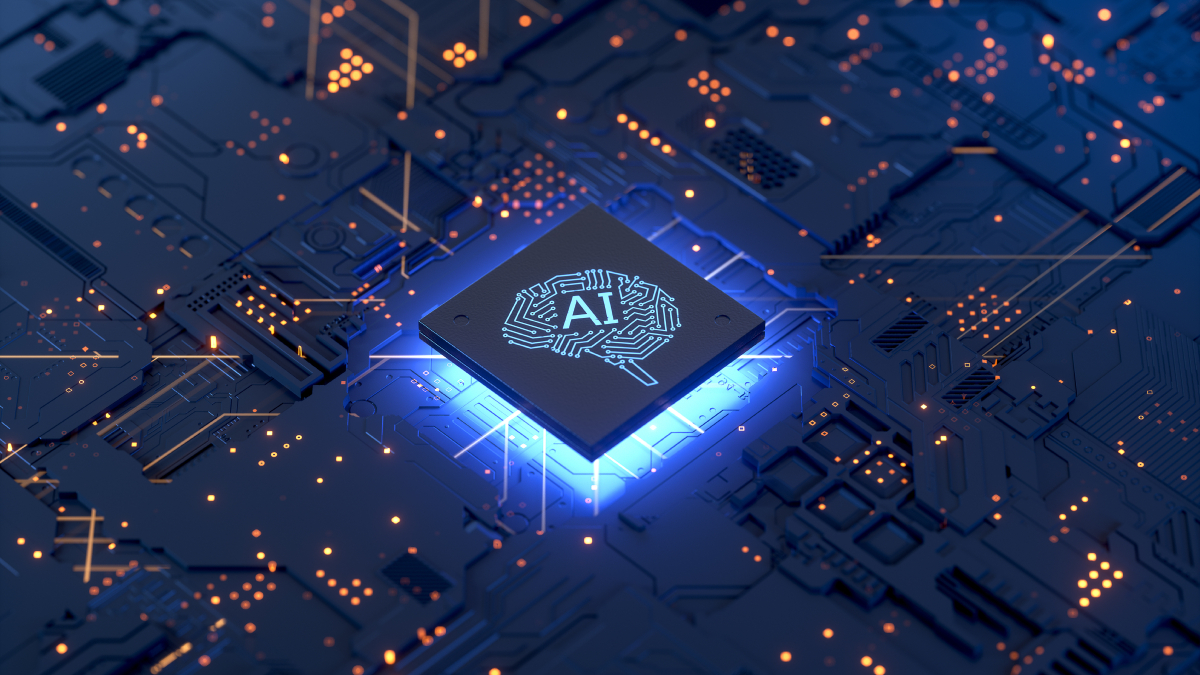James Gornall, Cloud Architect Lead at CTS, explains the difference between headline-grabbing consumer tools and proven, enterprise level GenAI.
Given the recent hype, you’d be forgiven for thinking that AI is a new capability, but in actual fact, businesses have been using some form for AI for years – even if they don’t quite realise it.
One of the many applications of AI in business today is in predictive analytics. By analysing datasets to identify patterns and predict future outcomes, businesses can more accurately forecast sales, manage inventory, detect fraud and resource requirements.
Using data visualisation tools to make complex data simpler to understand and more accessible, decision-makers can easily spot trends, correlations and outliers, leading them to make better-informed data-driven decisions, faster.
Another application of AI commonly seen is to enhance customer service through the use of AI-powered chatbots and virtual assistants that meet the digital expectations of customers, by providing instant support when needed.
So what’s new?
What is changing with the commercialisation of GenAI (Generative AI) is the ability to create entire new datasets based on what has been learnt previously. GenAI can use the millions of images and information it has searched to write documents and create imagery at a scale never seen before. This is hugely exciting for organisations’ creative teams, providing unprecedented opportunities to create new content for ideation, testing, and learning at scale. With this, businesses can rapidly generate unique, varied content to support marketing and brand.
The technology can use data on customer behaviour to deliver quality personalised shopping experiences. For example, retailers can provide unique catalogues of products tailored to an individuals’ preferences, to create a totally immersive, personalised experience. In addition to enhancing customer predictions, GenAI can provide personalised recommendations based on past shopping choices and provide human-like interactions to enhance customer satisfaction.
Furthermore, GenAI supports employees by automating a variety of tasks, including customer service, recommendation, data analysis, and inventory management. In turn, this frees up employees to focus on more strategic tasks.
Controlling AI
The latest generation of consumer GenAI tools have transformed AI awareness at every level of business and society. In the process, they have also done a pretty good job of demonstrating the problems that quickly arise when these tools are misused. From users who may not realise the risks associated with inputting confidential code into ChatGPT, completely unaware that they are actually leaking valuable Intellectual Property (IP) that could be included in the chatbot’s future responses to other people around the world, to lawyers fined for using fictitious ChatGPT generated research in a legal case.
While this latest iteration of consumer GenAI tools is bringing awareness to the capabilities of this technology, there is a lack of education around the way it is best used. Companies need to consider the way employees may be using GenAI that could potentially jeopardise corporate data resources and reputation.
With GenAI set to accelerate business transformation, AI and analytics are rightly dominating corporate debate, but as companies adopt GenAI to work alongside employees, it is imperative that they assess the risks and rewards of cloud-based AI technologies as quickly as possible.
Trusted data resources
One of the concerns for businesses to consider is the quality and accuracy of the data provided by GenAI tools. This is why it is so important to distinguish between the headline-grabbing consumer tools and enterprise grade alternatives that have been in place for several years.
Business specific language is key, especially in jargon heavy markets, so it is essential that the GenAI tool being used is trained on industry specific language models.
Security is also vital. Commercial tools allow a business to set up its own local AI environment where information is stored inside the virtual safety perimeter. This environment can be tailored with a business’ documentation, knowledge bases and inventories, so the AI can deliver value specific to that organisation.
While these tools are hugely intuitive, it is also important that people understand how to use them effectively.
Providing structured prompts and being specific in the way questions are asked is one thing, but users need to remember to think critically rather than simply accept the results at face value. A sceptical viewpoint is a prerequisite – at least initially. The quality of GenAI results will improve over time as the technology evolves and people learn how to feed valid data in, so they get valid data out. However, for the time being, people need to take the results with a pinch of salt.
It is also essential to consider the ethical uses of AI.
Avoiding bias is a core component of any Environmental, Social and Governance (ESG) policy. Unfortunately, there is an inherent bias that exists in AI algorithms so companies need to be careful, especially when using consumer level GenAI tools.
For example, finance companies need to avoid algorithms running biassed outcomes against customers wanting to access certain products, or even receiving different interest rates based on discriminatory data.
Similarly, medical organisations need to ensure ubiquitous care across all demographics, especially when different ethnic groups experience varying risk factors for some diseases.
Making the most of GenAI
AI is delivering a new level of data democratisation, allowing individuals across businesses to easily access complex analytics that has, until now, been the preserve of data scientists. The increase in awareness and interest has also accelerated investment, transforming the natural language capabilities of chatbots, for example. The barrier to entry has been reduced, allowing companies to innovate and create business specific use cases.
But good business and data principles must still apply. While it is fantastic that companies are now actively exploring the transformative opportunities on offer, they need to take a step back and understand what GenAI means to their business. Before rushing to meet shareholder expectations for AI investment to achieve competitive advantage, businesses must first ask themselves: how can we make the most of GenAI in the most secure and impactful way?



